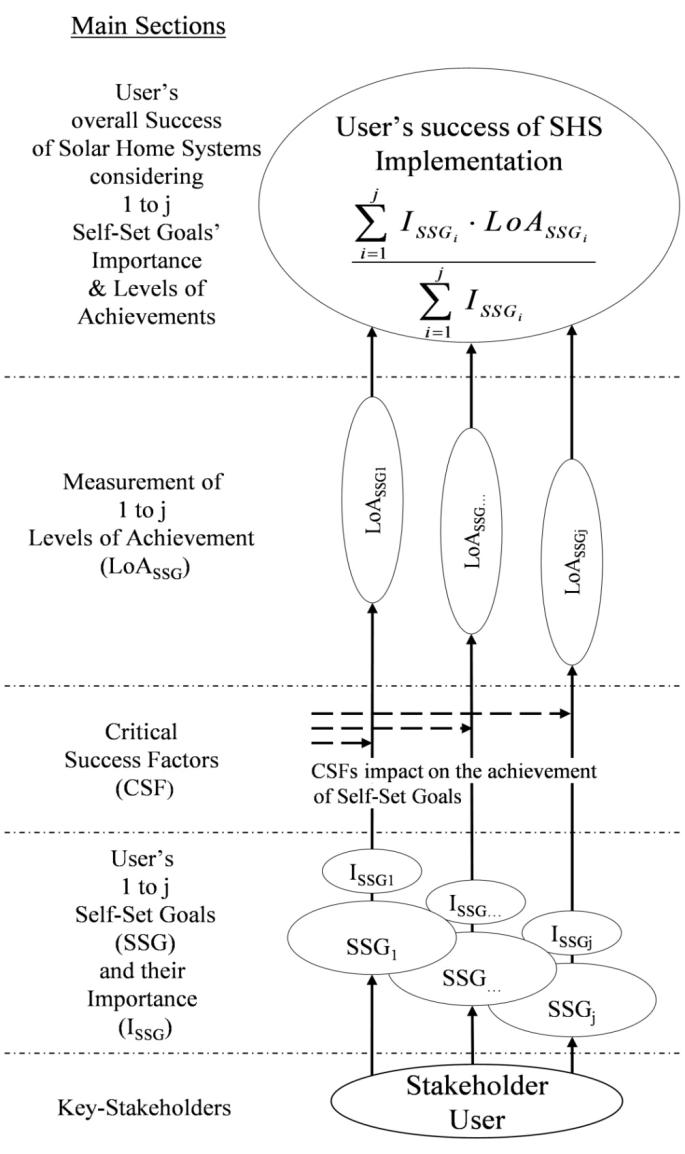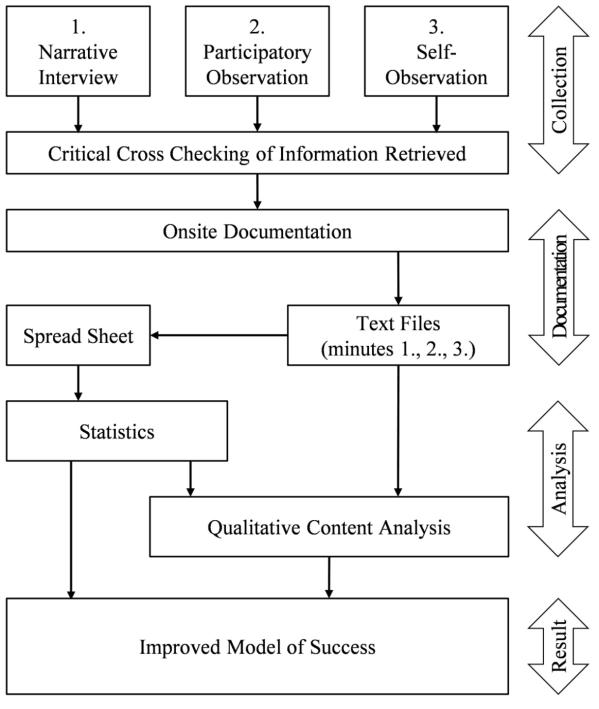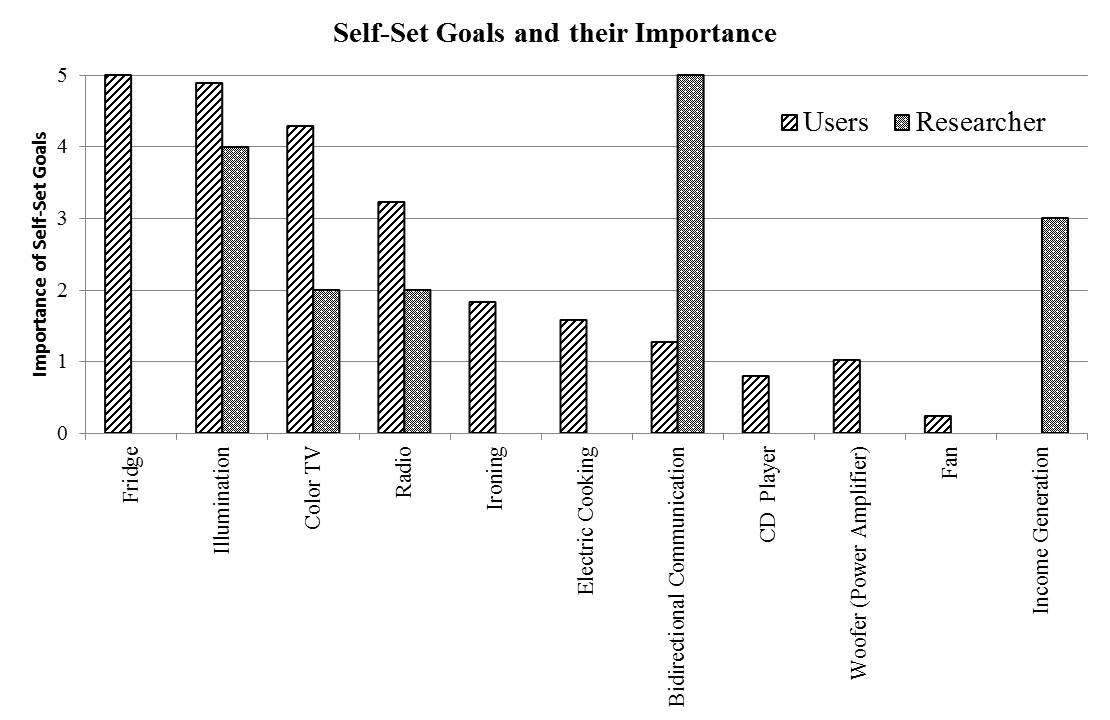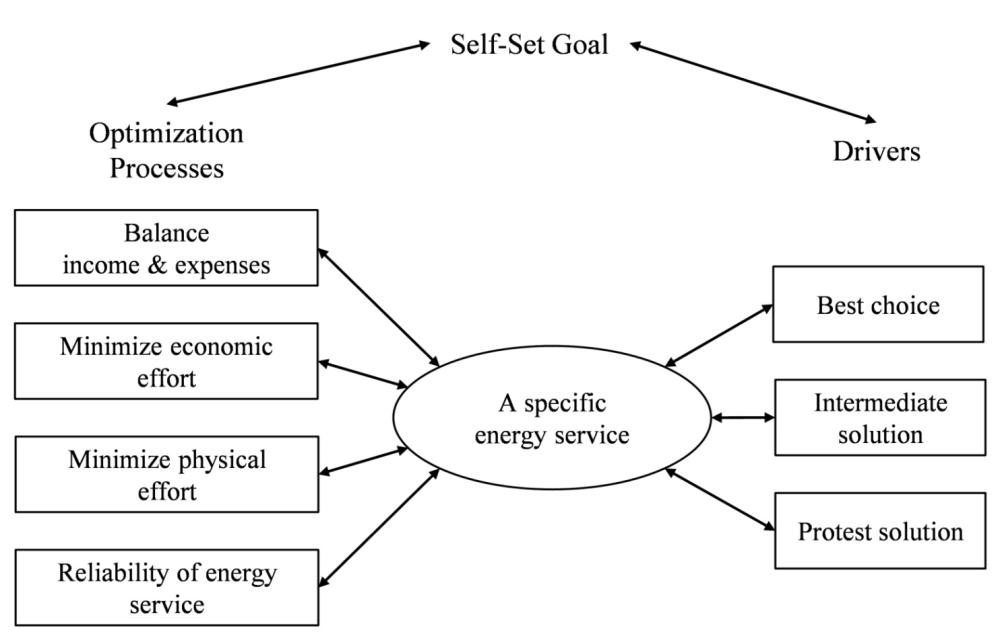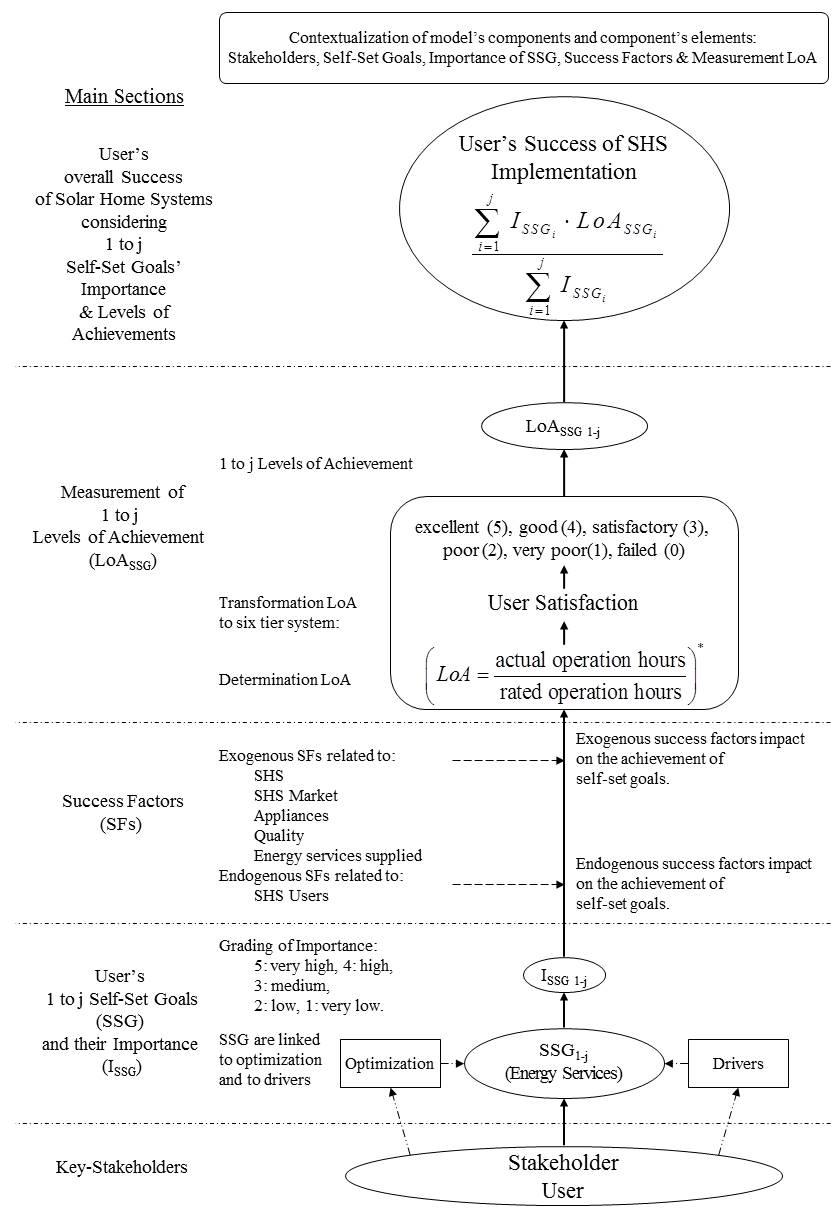1. Introduction
The focus of this "interim" review is to provide a summary of the literature pairing working memory (WM) tasks with transcranial direct current stimulation (tDCS) and other neuromodulatory techniques and to propose some contemporary recommendations in going forward. A primary challenge to this work is the enduring problem of optimizing a broad parameter space associated with these techniques including: the number of sessions, session spacing, online/offline stimulation, electrode placement, stimulus type and duration, task and transfer task selection, and individual differences. The goal is to help future researchers make better experimental design decisions by clarifying where there are some guideposts and where there are none. This article joins recent review papers of single tDCS session [1,2,3], and longitudinal [4,5] effects on cognitive tasks, with a more narrow focus on recent work applying longitudinal tDCS to enhance working memory (WM). It also continues the thread of 'lessons learned' that we began in a previous article detailing recommendations for conducting tDCS studies reflecting on single sessions per stimulation condition [6]. For those interested in beginning tDCS-related work, there are a number of helpful tutorials [7], and recent methodological reviews [2,3,8,9,10,11] that provide greater context for those beginning tDCS-related research. In the following sections, we provide some background for longitudinal studies using tDCS to improve WM. Our own work serves as an example of the logistical challenges and limitations.
2. Single Sessions tDCS and Working Memory
Over the last decade, tDCS has emerged as a popular cognitive neuroscience research tool following the seminal, and continuing, findings from the Nitsche and Paulus labs [12,13,14,15]. To provide some historical framework, early studies pairing WM with tDCS tested structure-function relationships. For example, one of our early projects demonstrated that tDCS over parietal regions replicated an unexpected pattern of behavior observed in neuropsychological patients with parietal lesions [16,17,18]. Namely, cathodal tDCS over the posterior parietal cortex selectively impaired visual working memory probed by recognition, but had no effect on trials probed by free recall [19]. This work provided convergent evidence complementing the patient research. In subsequent work, we applied tDCS to healthy young and older adults prior to episodic memory, or WM, tasks. We found striking differences in performance with nearly equal and opposite responses as a function of factors such as level of education or WM capacity [6,20,21]. These data reflecting the importance of individual differences are not oddities, and are often overlooked in studies applying tDCS [22]. Other researchers report that measurement of the initial response to tDCS can predict different patterns of tDCS-linked performance changes [23,24,25,26,27,28]. Another issue that is rarely noted is that differences in brain morphologies shape an individual's response to tDCS [29], as does skull thickness [30], amid a range of other individual differences [31]. This individual variability in responsiveness to tDCS contributes to variability in meta-analyses and reviews with some reporting null effects and others reporting modest or notable effects in single session paradigms [32,33,34,35,36,37]; but see: [38,39,40,41]. In short, single sessions of tDCS, across a variety of montages, intensities and WM tasks, have variable, difficult to predict, and modest effects on WM performance. This makes it difficult to produce a single all-purpose protocol for general use. This is a cautionary tale particularly when considered in the light of a growing do-it-yourself community and greater usage of commercially available products including foc.us, which has been shown to significantly impair WM performance [42]. It may not be an overstatement to state that tDCS-related cognitive research is in danger of losing legitimacy given exuberant industry claims and marketing.
3. Longitudinal tDCS Consistently Benefits WM
Despite the aforementioned limitations associated with single sessions of stimulation, there is a clear translational appeal in testing the use of tDCS to sustain or improve cognitive performance over longer time periods. This is because tDCS is well-tolerated, affordable, and offers some participants significant cognitive benefits. WM is valuable to explore because it is an executive function essential for wide-ranging cognitive tasks, but is strictly capacity limited. Thus, any WM improvement can be a meaningful quality of life improvement. Furthermore, there is a large WM training literature to draw on for guidance in developing protocols (see recent reviews touching on this topic and current debates in the WM training field: [43,44,45,46,47,48,49,50,51,52]. Perhaps surprisingly, given the variability in the broader WM training literature, there is marked consistency in the small literature in which WM training is paired with tDCS. This consistency is notable because these studies use different WM training tasks, tDCS protocols, number of sessions, and participant populations; see Table 1. WM benefits are associated with longitudinal tDCS in younger [2], and older adults [53,54,55,56,57], in special populations (vascular dementia [58]; schizophrenia [59]; stroke [60]; PTSD [61]), and across verbal and visuospatial WM tasks [3,24,28,32,62,63,64]. Other forms of cognitive training paired with tDCS also show WM benefits in healthy and special populations (major depression) [65]. To the best of our knowledge, these are all of the published studies pairing WM training with longitudinal tDCS that appear on PubMed (March 2017) using search terms, "tDCS, working memory training", and "transcranial direct current stimulation, working memory training", and with replacing working memory with short-term memory.
Table 1. Longitudinal tDCS studies showing improved WM.
| Study |
N |
# |
mA/min |
A/C |
Stim |
Task |
Trained Result |
Transfer |
| Healthy Adults |
|
|
|
|
|
|
|
|
| [66] |
54 ya |
10 |
2/30 |
F3/R.Delt. |
D |
Verbal |
+ |
Y- |
| [64] |
58 ya |
10 |
1.5/15 |
F3/F4 |
D |
Verbal |
+ |
Y+ |
| [55] |
40 oa |
10 |
2/30 |
F3, F4/Arm |
D |
Aud/Vis |
+ |
- |
| [54] |
72 oa |
10 |
1.5/10 |
F4 or P4 or F4-P4; Contra. cheek |
D, B |
Vis |
+ |
Y+ |
| [57] |
90 oa |
5 |
1 or 2/15 |
F4/Contra. Cheek |
D, B |
Vis |
- |
+ |
| [28] |
30 ya |
3 |
1/20 |
F3/R.Supra |
D |
Verbal |
+ faster learning |
Y- |
| [62][24] |
62 ya |
7 |
2/25 |
F3 or F4, Contra. Supra. |
D |
Adaptive n-back |
+ for space b/w 3rd–4th session |
Y+; active groups |
| Special Populations |
|
|
|
|
|
|
|
|
| [60] |
11stroke |
18.5 |
2/30 |
F3, F4/Arm |
D |
Aud/Vis |
+ |
|
| [67] |
23 TBI |
15 |
1/10 |
F3/R.Supra |
B |
Att, mem |
- |
Y- |
| [61] |
4 PTSD |
5 |
1/10 |
F3/R.Supra |
B |
|
- |
n |
| [58] |
21 VasD |
4 |
2/20 |
F3/ |
|
Verbal |
- |
Y+ |
| Abbreviations: A: anode placement in 10–20 system; Aud: auditory; B: before training task (offline); b/w: between; C: cathode placement in 10–20 system; Contra: contralateral; D: during training task (online); Delt: deltoid; N: Number of participants; PTSD: posttraumatic stress disorder; oa: older adults, R.: right, Supra: supraorbital, TBI: traumatic brain injury; VasD: vascular dementia; Vis: Visual WM training task; ya: young adults, Y: yes, tested, #: number of sessions; −: null effect, +: significant positive effect. |
Next, we provide a more detailed summary of several of our longitudinal experiments. We paired visual WM training with tDCS by conducting a longitudinal study in healthy well-educated older adults [54]. After baseline assessment, 72 participants completed 10-sessions of VWM training after they received 10 minutes of 1.5 mA anodal tDCS to either the right PFC (F4), the right PPC (P4), alternating between those sites, or sham (20 s ramp up/down). We selected 1.5 mA because our prior work had shown that this intensity was effective at disrupting WM tested by recognition [19]. It is noteworthy that some evidence indicates that the tDCS dosage effects can be non-linear [68,69], and future work is needed to comprehensively characterize dosage × task interactions. In this study, the WM training tasks required retention of object identity or location and performance was tested by recall or recognition. Participants returned for a follow-up session after a 1-month period of no contact. We also included measures of near transfer to untrained WM tasks, including the perennial n-back task, to explore the generalizability of WM related benefits. Transfer tasks are typically categorized as near or far to reflect how similar the task is to the training task. In this instance, near transfer tasks would refer to other WM tasks that were not trained, whereas far transfer tasks would fall under other cognitive domains, such as an episodic memory task, or another executive function task. By the end of training all participants had improved similarly on the trained WM tasks, with greater improvement on more challenging WM training tasks. In other words, for this WM-focused training task stimulation to any or both nodes in this frontoparietal network was beneficial, so all groups who received tDCS were collapsed into an "active tDCS" group. However, at follow-up testing one month later, significant tDCS-linked benefits emerged. First, the active tDCS group, stimulated at either site, maintained their performance gains whereas the sham group had lost ground. Second, that at follow up the active tDCS group also showed significantly higher performance on a set of unpracticed near transfer WM tasks. Thus, there were notable visuospatial WM benefits in this group of older adults that emerged only after an extended delay. This late emergence may explain why some groups fail to detect significant differences if they fail to include a follow up testing. The nature of these benefits was to perpetuate training gains rather than to show continued improvement. For practical purposes the timeline of tDCS-linked cognitive changes can be protracted and overlooked if no follow up testing takes place.
The logistical challenges associated with a 10-session training design [55,64,65] prompted us to reduce the number of training sessions to 5 in subsequent work [61].We were also interested in tDCS intensity. It remains debated whether higher intensity tDCS leads to stronger effects, with some showing that impact is non-linear, meaning higher intensity is not always better [68,70,71,72,73,74,75]. In short, older adults completed 5 WM training sessions and received either 1 mA, 2 mA, or sham targeting right DLPFC [57]. We also measured far transfer to computer-based laboratory tasks (processing speed, cognitive flexibility, arithmetic) and to measures with more ecological validity, the Occupational Therapy—Driver Off Road Assessment [76], and the Weekly Calendar Planning Activity [77]. It is worth noting that the quest for far transfer may turn out to be the cognitive training analogue of the great white whale (recently reviewed in [78], although a single session of either left or right PFC tDCS during spatial or verbal WM task showed both near and far transfer [79]. This study also showed evidence of far transfer, but no significant training effect and no significant near transfer [57].
In addition, we combined DNA data from both the Jones et al. (2015) and Stephens and Berryhill (2016) to test the relationship between a key single point mutation in the COMT gene (val158met) [80]. The COMT gene is important in WM because it encodes the enzyme responsible for dopamine degradation in frontal synapses. Furthermore, the val158met mutation of interest reflects functional changes in the rate of enzyme activity, such that those with val alleles have a faster acting enzyme, and those with more met alleles have a slower acting enzyme [81]. Genotype predicts WM performance, such that those with more met alleles perform better when the WM task rules remain consistent, as in change detection or n-back tasks [82,83,84]. We found an interaction between COMT genotype, WM improvement, and tDCS such that moderate tDCS (1.5 mA) enhanced WM performance where it had been weakest prior to training [80]. These data indicate that there is a "Goldilocks" tDCS intensity such that too much or too little is suboptimal. However, the genotype × tDCS intensity findings suffer from low power and fitting the pieces into a comprehensive mechanistic understanding limits the predictive power over a given protocol. These observations point toward a challenging set of parameters to optimize for individually tailored protocols that will require very large sample sizes to obtain sufficient power regarding the effect size of interactions between genotypes × tDCS protocol × task.
In addition to the number of sessions, and tDCS intensity, the question of session spacing may be important. A recent study including 7-sessions of anodal tDCS to the right or left PFC stimulation showing lasting WM benefits compared to sham on a visuospatial n-back WM task [62]. Unexpectedly, when the weekend fell as a gap of two days between the 4th and 5th sessions the benefits were significantly smaller than when the weekend was a gap between the 3rd and 4th sessions [62]. In a recent re-analysis and addition of follow up testing, the same group reports that the tDCS-linked improvements to verbal WM remained evident a year after training ended [24]. However, a recent meta-analysis of inter-session spacing found no systematic benefit of greater spacing between tDCS training sessions in cognitive tasks [1]. Thus, there remains some question regarding the optimization of trial spacing in longitudinal designs.
The observations from the visual WM training literature are consistent with reports from verbal WM training paired with tDCS [28,64,85]. Although the training tasks differ, Martin et al, (2013) and Talsma et al., (2016) used n-back tasks, whereas Richmond et al., (2014) used an adaptive verbal and spatial span WM task the results show a benefit of tDCS to the left DLPFC. Importantly, Richmond et al., (2014) also found near transfer benefits to other WM tasks; see Table 1. Talsma et al., (2016) included three sessions and found that the benefit of tDCS was to boost participants to their end state faster, rather than to show a main effect of training. These three studies reveal a heterogeneity of findings that may be attributed to different experimental designs, but such differences can only be resolved with further study. However, they speak to the generalizability of performance benefits when WM training is paired with anodal tDCS targeting the right or left DLPFC.
4. MIA: A Complete Understanding of the Mechanism Underlying tDCS
Progress is being made in identifying the mechanisms responsible for tDCS-linked cognitive performance benefits. The combination of cognitive task [86] and tDCS likely strengthens task-relevant networks via some form of LTP-like neuroplastic change [87] particularly in task-relevant networks [8,11], and especially when it is applied 'online', meaning concurrently with, the task, rather than 'offline' or after the end of tDCS [88]. However, getting to the fully fleshed out understanding of this seemingly straight forward perspective is non-trivial. One challenge is that mechanism can be studied from the molecular to the network level. Understanding the literature at each of these levels is difficult and developing research teams developing inquiries at each level is non-trivial. Physiological data indicate that tDCS induces changes in all evaluated neurotransmitter systems [8]. Neuroimaging using various techniques including EEG and fMRI paired with tDCS reveals that tDCS has a number of effects: blood flow changes in functionally connected neural networks [89,90], enhanced BOLD signal [91], enhanced resting state connectivity [92,93,94,95], enhanced functional connectivity [96], greater neural synchrony [72,97,98,99], and modulated oscillatory activity [100,101]. Current-flow modeling using realistic human head models reveals that tDCS modulates neural activity between anodal and cathodal electrodes, making it difficult to predict the extent of stimulation [102,103,104,105,106,107]. In essence, in addition to the various experimental parameters that must be better characterized, the consequences of longitudinal tDCS remain only very partially understood. This limitation hampers our ability to design useful interventions with predictable outcomes.
5. Other Emerging Noninvasive Brain Stimulation Techniques and Working Memory
Several other experimental techniques are worth noting. Recent work suggests that transcranial alternating current stimulation (tACS) might be a beneficial approach for WM because participants showed superior performance after tACS compared to performance after tDCS or sham conditions [108]. TACS also modulates oscillations during WM tasks, with theta band (6 Hz) improving WM performance [109]. Furthermore, gamma band (80–100 Hz) tACS applied during the peaks of ongoing theta tACS improved WM performance further. This approach is also open to consistency challenges as a second study examining WM performance after multiple tACS sessions reported no benefit [110]. Transcranial random noise stimulation (tRNS) has been included in several longitudinal studies showing benefits to those with tinnitus [110], amblyopia [111], motor learning [112], approximate number sense [113], and arithmetic performance [114]. To clarify, the approximate number sense task requires people to estimate and compare the magnitude of two quantities, and make a judgment such as reporting which set is larger [115]. The only published study of WM training involving tRNS failed to show a performance benefits [116]. Evidence is emerging and in piecemeal fashion across techniques further complicating optimization.
6. Translational Applications in Cognition
Many of us share a growing awareness of time and its cognitive consequences. Age-related cognitive decline or worse, dementia, looms on the horizon. For some researchers with an interest in cognitive performance in the aging, there is a desire to examine how to stave off cognitive decline. Importantly, the aging population, as well as the Alzheimer's population are both growing and interested in trying noninvasive approaches. Non-invasive brain stimulation approaches in the aging population that might serve in an adjuvant capacity to prolong quality of life in a multipronged approach addressing diet, exercise [117], and social support [118].
In addition, other special populations have demonstrated improved performance after tDCS. This includes cognitive training and improved WM in those with vascular dementia [58], TBI [67], posttraumatic stress disorder [61], and stroke [60]. Single session work shows benefits in those with Parkinson's disease [119], depression and epilepsy [120], schizophrenia [59], and pain [121].
7. Lessons Learned
Longitudinal studies are heavily resource intensive. The optimal value for various paradigm settings (tDCS montage/intensity/duration, task selection, transfer task selection) with regard to pairing tDCS with cognitive training has not been systematically studied, and merits further research. It is possible that filling that gap in knowledge data would make it feasible to tailor a paradigm for a particular individual. Here are several points where some limited consistency has emerged in WM performance benefits after multiple sessions of anodal tDCS targeting the PFC. These issues may be useful to consider in future studies:
• tDCS targeting different nodes (e.g., PFC, PPC) in a task-relevant network can result in similar effects, suggesting the widespread stimulation associated with tDCS may be helpful, but nonspecific. These networks influence each other and the faster ventral network oscillations via CFPS, which tDCS can modulate.
• Testing performance changes after a long ( > 1 month) delay can reveal effects of tDCS consistent with a prolonging of training related performance benefits.
• Including near and far transfer tasks, and test at follow-up.
• Collecting independent measures of performance on a different task to evaluate individual differences with an independent measure.
Acknowledgments
This research was funded by NSF OIA 1632849, and NSF OIA 1632738.
Conflict of Interest
All authors declare no conflicts of interest pertaining to this paper.









 DownLoad:
DownLoad: 

